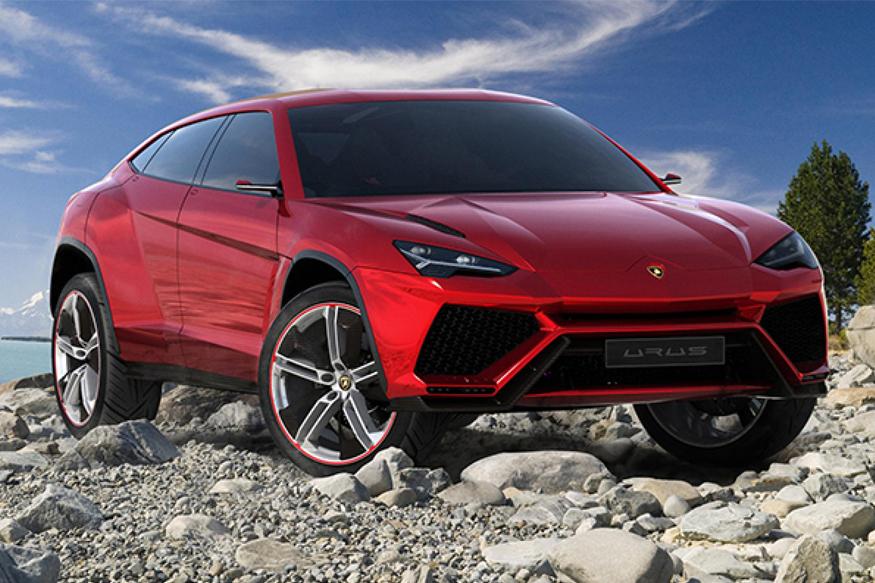Certainly, there were fast, expensive cars prior to the arrival of Lamborghini in the market. But there was nothing was ever like a Lamborghini ever before. The Italian automaker’s innovations were low to the ground and made to slip under the air. The engines were huge and loud and sat right behind the two seats. The doors opened up into the air.
Currently, the automaker is taking on a new challenge, which is about developing a way to make supercars emissions-free, without utilizing the lithium-ion batteries other automakers are depending on.
Today’s battery technology just won’t do, insists Maurizio Reggiani, chief technical officer at Lamborghini. Batteries are too huge, too bulky and they can’t work at a high level for long enough. After a lap or two around a twisting race track at speeds reaching 160 mph, where fast acceleration and hard braking are repeated again and again, a battery can start to give out. Furthermore, batteries are bulky and heavy and weight is the weakness of high performance.
Lamborghini has been collaborating with researchers at the Massachusetts Institute of Technology since late 2017 on two potential fixes. One is a new form of battery developed from carbon that can, in fact, make up some of the internal body parts of the vehicle so they don’t add size or weight. The other one is a different sort of energy storage altogether: a supercapacitor.
“A supercapacitor with a similar power is three times lighter than the normal lithium-ion battery,” described Reggiani. “This is important because, in terms of packaging and in terms of weight, it gives me a huge benefit in a super sports car.”
If you’ve ever walked on a shaggy wool carpet then gave somebody an electric shock, you’ve acted as a capacitor. Your body stored up an electric charge and released it fast.
The main benefit of supercapacitors is that they can provide a bigger jolt of power, pound for pound, than batteries — without heating up or degrading. That’s really good for supercars, where bursts of power and speed are required.
But the supercapacitors of the present times aren’t as good at storing energy as batteries. Supercapacitors have been utilized to power city buses that recharge at each stop. Meanwhile, it takes passengers to get on and off, the bus can charge enough to make it to the next stop and recharge again. That’s not a very good solution for a car, though.
Lamborghini and MIT are collaborating together to solve that issue. They informed that MIT researchers have invented a new material that could permit the creation of supercapacitors capable of holding two to three times as much energy as the supercapacitors currently being produced.
It’s major progress in just a couple of years, however, that still puts the technology at about 20% the energy density — or energy storage per unit of volume — of lithium-ion batteries, stated Riccardo Parenti, head of concept development at Lamborghini.
It’s a crazy-sounding technological long shot, but this technology could significantly change the world of high-performance cars — if this team of university scientists and automobile engineers can determine it.



